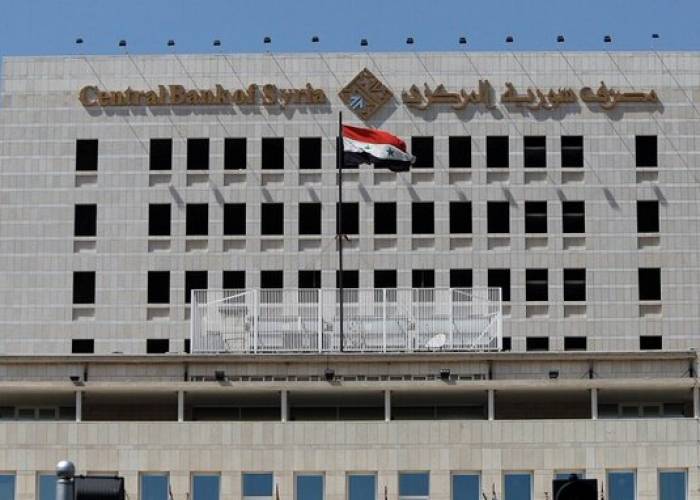Once again, the government’s statistical data presents a stark contrast to both public perceptions and lived experiences, sparking widespread debate about the objectivity and independence of the country’s statistical processes. Unfortunately, this debate has garnered significant attention both domestically and internationally.
The recent statistical anomalies highlighted in the second national report on assessing the progress toward achieving sustainable development goals in Syria have drawn considerable scrutiny. Of particular note are the findings related to advancements in food security for Syrian households, purportedly derived from food security surveys. The initial survey was conducted in 2015, with subsequent updates in subsequent years, all in collaboration with a United Nations agency
Great achievements!
The data reveal a notable improvement in three fundamental food security indicators between 2020 and 2022, a period marked by significant economic and living conditions deterioration within the country. For instance, according to the Central Bureau of Statistics, the inflation rate surpassed 118.8% in 2021, with expectations indicating it remained at similarly high levels in 2022. This was coupled with a severe decline in families’ purchasing power due to the widening gap between income and price levels.
The first indicator pertains to the percentage of families experiencing severe food insecurity, with official data confirming a decline from approximately 8.3% at the end of 2020 to about 2.1% in 2022. This prompts the question: What plans and initiatives did the government implement during this period to reduce the number of families suffering from food insecurity from roughly 332,000 to about 84,000, assuming a total of 4 million families?
The second surprising indicator is the increase in the percentage of food-secure households, rising from about 5.1% in 2020 to approximately 11.2% in 2022. This suggests that government policies during these years led to the addition of around 240,000 families to the category of food-secure households. The mechanisms behind this increase remain unclear.
The third indicator relates to the percentage of households experiencing a moderate lack of food security. Despite the challenging economic conditions, the government attributed a modest decline, with data indicating a decrease from about 47.2% in 2020 to around 46.3% in 2022.
The only indicator that experienced an increase is the percentage of households vulnerable to food insecurity, reaching about 40.4% in 2022 compared to approximately 39.4% in 2020. This increase is even more significant when compared to the 2021 figure of about 33.3%. This rise is a natural consequence of other data indicating a decline in households with moderate or severe food insecurity.
How is it leveled?
How can most food security indicators show improvement amidst a backdrop of significant economic decline? This scenario is conceivable only if there exists a robust social protection network capable of shielding vulnerable and low-income segments of society from the typical repercussions associated with economic downturns. However, such a network is currently absent in Syria. Since assuming office, the government has pursued economic and social policies that exacerbate rather than alleviate these challenges, including:
– Incrementally raising the prices of subsidized and non-subsidized goods and services to mitigate budget deficits, thereby leading to a notable surge in prices and inflation.
– Excluding thousands of families from government subsidy programs based on subjective criteria and flawed databases, ceasing the sale of rationed food items distributed through subsidized channels.
– Deterioration in the quality of subsidized services such as healthcare and education, imposing additional financial burdens on families and reshuffling their daily priorities.
– Implementing stringent tax policies that have dampened productive activity within the country, evidenced by declining GDP, sustained economic contraction, and increased investment outflow to other Arab and foreign countries in the region.
In considering the above, we confront two potential interpretations:
The first explanation, as articulated by a researcher involved in the food security surveys and reported by Athr Press, attributes the increase in the percentage of food-secure households and the decrease in severe food insecurity among families in 2022 to two primary factors identified in the 2022 survey results. Firstly, there’s an uptick in the proportion of families receiving remittances from abroad. Secondly, there’s a rise in the percentage of individuals engaged in multiple employments, reaching approximately 56%. This perspective suggests that the government cannot be credited for these improvements, as recent years have not witnessed targeted development initiatives aimed at supporting economically disadvantaged families grappling with food insecurity or its imminent threat. Hence, it implies that government policies, plans, and programs did not directly contribute to the reduction in food insecurity levels.
The second interpretation, endorsed by critics of governmental performance, posits that these figures lack objectivity and independence. Skeptics argue that it’s improbable for the current government to acknowledge that its policies have exacerbated food insecurity among Syrian families. Consequently, there’s a demand for a reassessment of the figures to ensure greater objectivity, facilitating the formulation of future policies, whether on a regional or national scale.
This article was translated and edited by The Syrian Observer. The Syrian Observer has not verified the content of this story. Responsibility for the information and views set out in this article lies entirely with the author.


